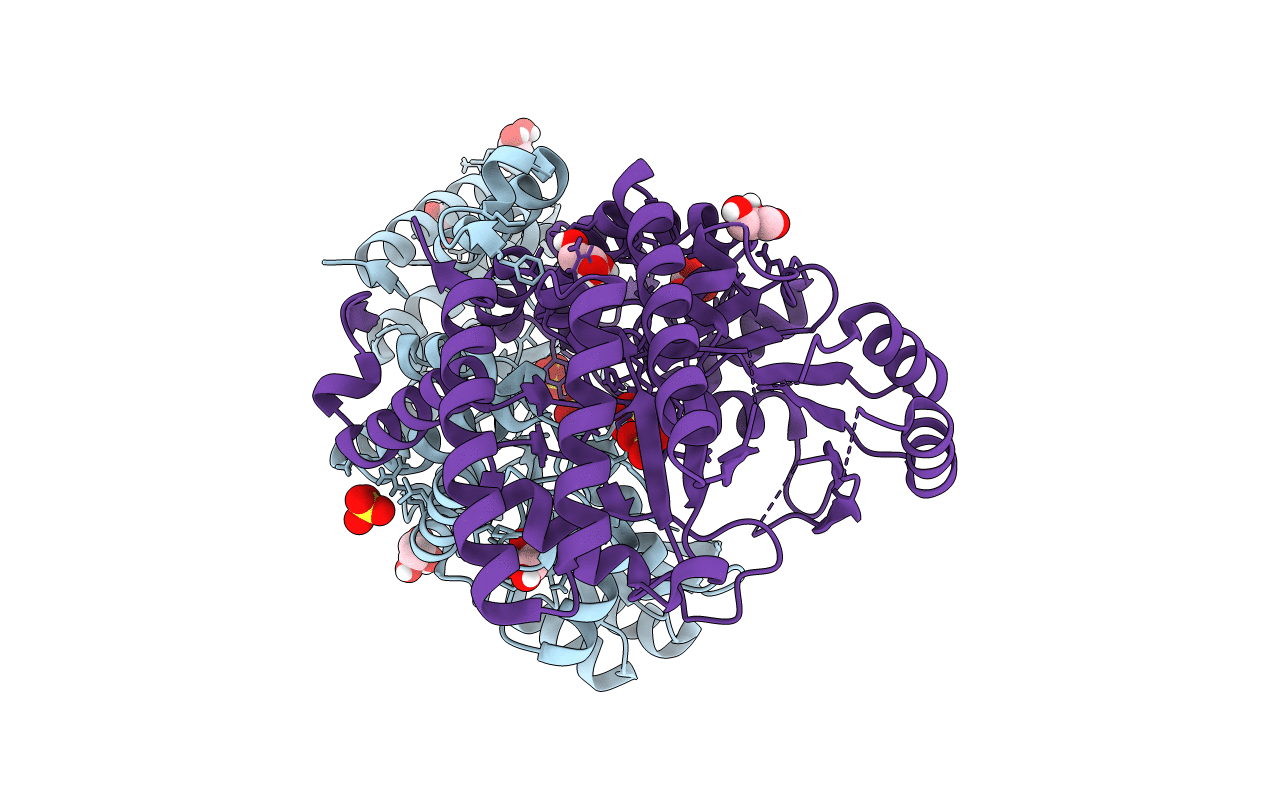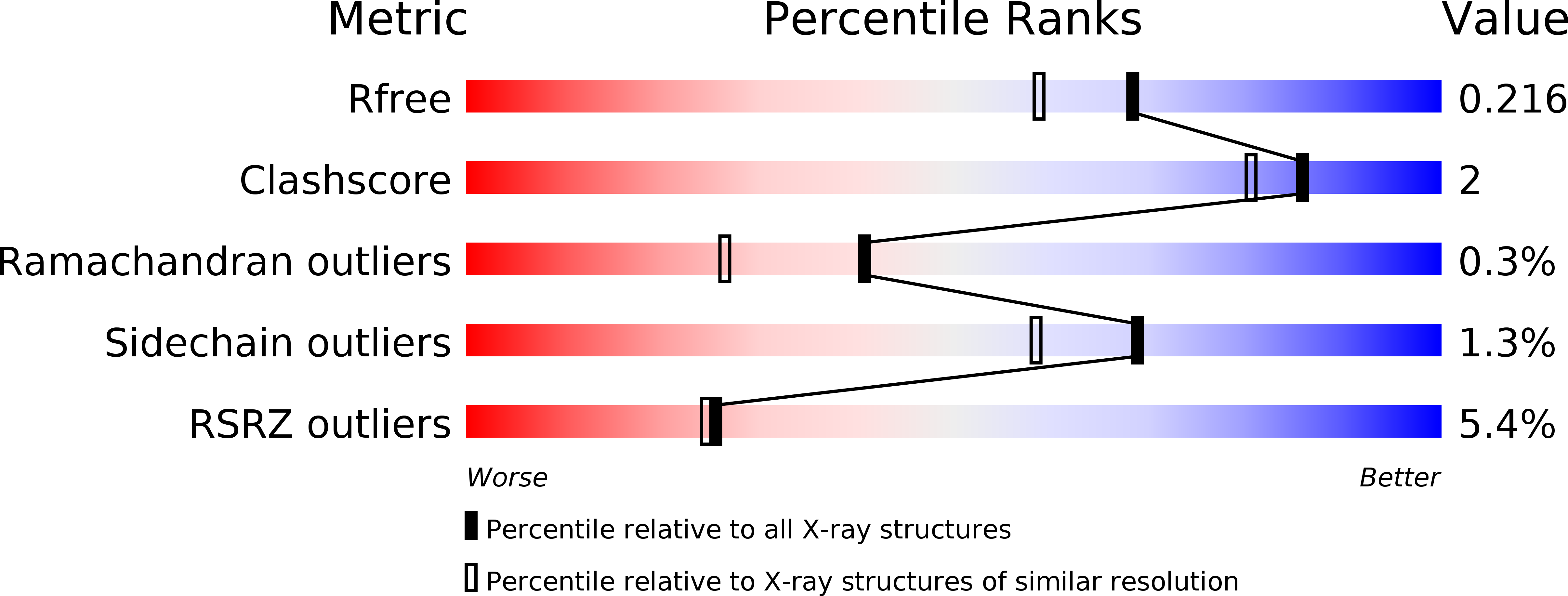
Deposition Date
2014-03-09
Release Date
2014-07-30
Last Version Date
2023-12-20
Entry Detail
PDB ID:
4P3M
Keywords:
Title:
Crystal structure of serine hydroxymethyltransferase from Psychromonas ingrahamii
Biological Source:
Source Organism:
Psychromonas ingrahamii (Taxon ID: 357804)
Host Organism:
Method Details:
Experimental Method:
Resolution:
1.85 Å
R-Value Free:
0.21
R-Value Work:
0.16
R-Value Observed:
0.17
Space Group:
C 1 2 1


